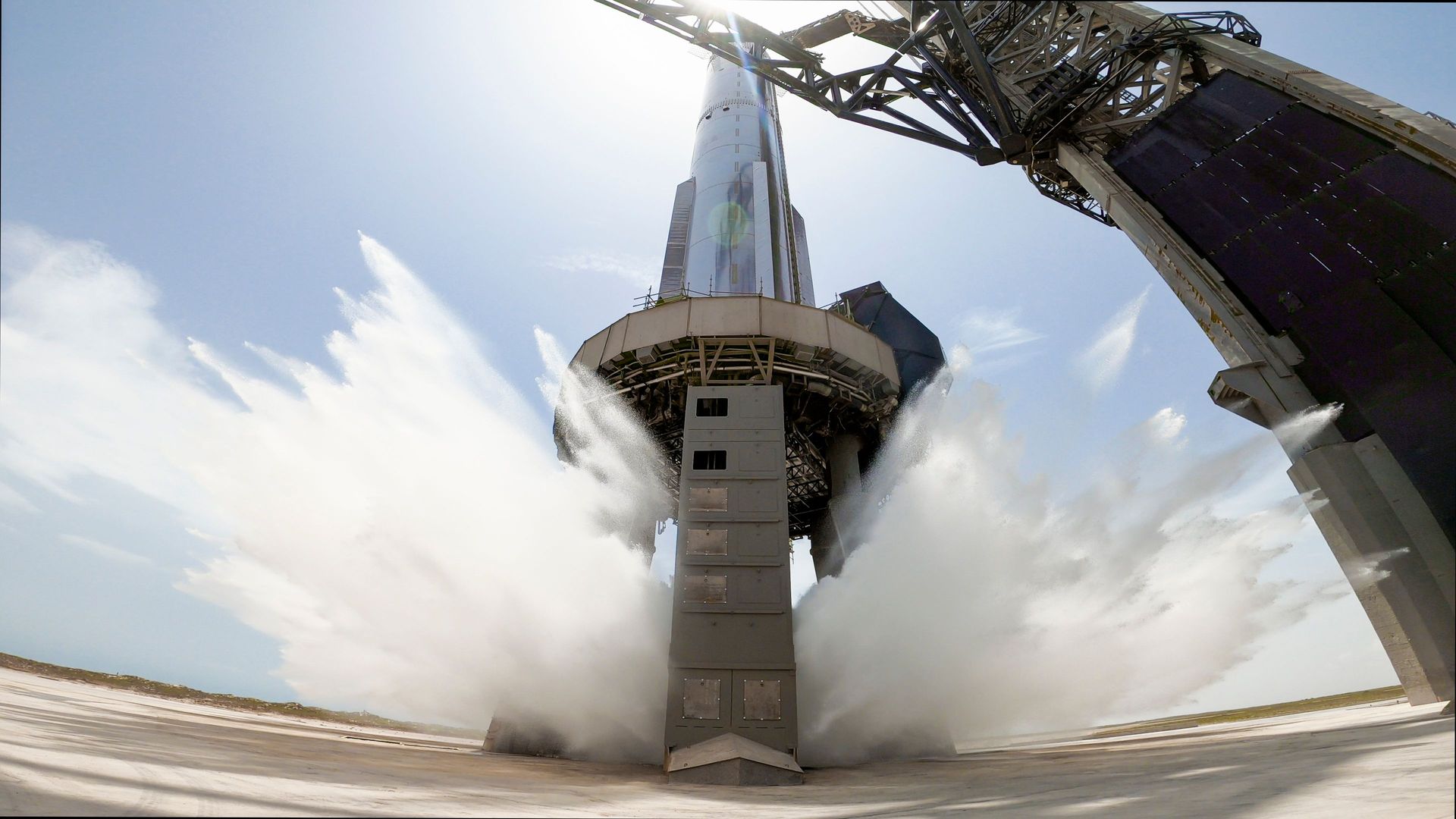You won’t believe how many Starship launches the FAA might approve

SpaceX is poised to secure Federal Aviation Administration (FAA) approval for up to 25 Starship orbital launches in 2025, significantly increasing its current limit. On November 20, the FAA unveiled a draft environmental assessment (EA) detailing approval for SpaceX’s Starship operations at its Starbase facility in South Texas.
SpaceX seeks FAA approval for 25 Starship launchesThis draft increases the number of approved annual Starship liftoffs from five to 25, in line with SpaceX’s ambitious launch plans for the upcoming year.
The draft EA also accommodates 25 annual landings for both the Super Heavy booster and the Starship upper stage back at Starbase, utilizing SpaceX’s mechanical “chopstick” arms to capture the returning vehicles. To date, SpaceX has successfully conducted six test flights of its 400-foot-tall (122 meters) Starship, with the latest test on November 19 resulting in a controlled splashdown in the Gulf of Mexico due to a communications failure during the recovery attempt.
Details of the draft environmental assessmentThe draft EA is a 160-page document released by the FAA, outlining the environmental implications of increased Starship operations. Public feedback is being sought through four in-person meetings in South Texas on January 7 and January 9, as well as a virtual meeting on January 13, providing stakeholders an opportunity to discuss the proposed increases in launch and landing activities.
“Depending on the operational phase of the program, for landings at sea, both Starship and Super Heavy could have: (1) a hard landing at terminal velocity and break up on impact resulting in an explosive event at the surface of the water; (2) a soft water landing and tip over and sink or explode on impact at the surface of the water; and (3) breakup during reentry resulting in debris falling into the ocean,” the FAA stated in the document.
In recent years, SpaceX has aimed for significant operational enhancements, moving from an initial target of five launches per year to this new proposed target of 25. The rapid increment comes as SpaceX grapples with regulatory hurdles, with CEO Elon Musk previously criticizing the FAA for being overly restrictive, impacting the rocket’s development and broader space industry progress.
Efforts to bolster the Starship program are intensifying, as SpaceX is under pressure to deliver a modified version of its vehicle for NASA’s Artemis III mission. This mission is slated to land humans on the Moon in September 2026, making the timely execution of Starship launches crucial.
SpaceX’s plan involves diversifying landing sites beyond Starbase, potentially utilizing both oceanic platforms and designated sites for various operational phases. The FAA highlights potential scenarios during water landings for both Starship and Super Heavy, including risks of breakup upon reentry or during splashdowns.
World’s first wooden satellite LignoSat is launched into space
While environmental groups have expressed concerns over negative impacts from increased launch frequencies at Starbase, Musk aims to realize a broader vision of hundreds of Starship launches annually. The significant ramp-up reflects SpaceX’s efforts to expedite the rocket’s development cycle amid ongoing scrutiny and regulatory frameworks.
SpaceX has yet to finalize the increase in launch capabilities, which will ultimately depend on the outcomes of the forthcoming public meetings and future assessments from the FAA. The rocketry community will be observing as discussions unfold over the months ahead.
Featured image credit: SpaceX
